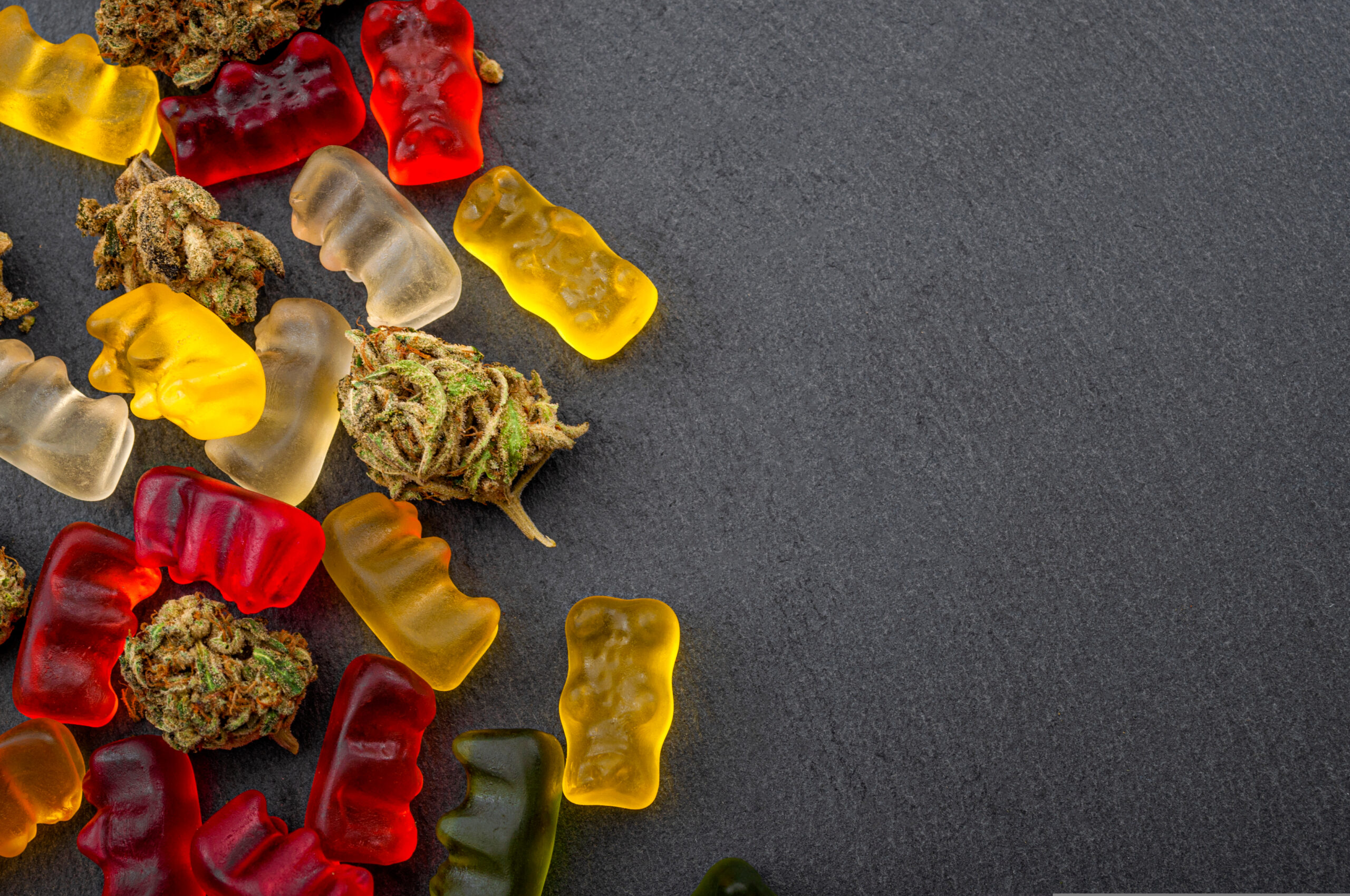When it comes to incorporating THC into your culinary creations, understanding the nuances can turn a potentially overwhelming experience into a rewarding culinary journey. From selecting the right strain to mastering decarboxylation and infusing oils or butters, each step requires attention to detail and a mindful approach to dosing. In this blog, we’ll walk you through these essential phases to help you confidently craft delicious and balanced THC-infused meals.
Understanding Strains and Their Effects
The foundation of any THC-infused recipe is the cannabis strain you choose. Different strains have unique terpene profiles, which contribute not only to the aroma and flavor but also to the effects. For instance, a Sativa-dominant strain might offer uplifting and energizing effects, making it suitable for daytime consumption, while an Indica-dominant strain tends to be more relaxing, ideal for a nighttime treat. Hybrid strains offer a balance of these effects, and choosing the right one depends on the mood or experience you wish to complement your dish. It’s important to research the strain’s THC and CBD levels, as this will affect both the potency of your edibles and the overall experience.
The Art of Decarboxylation
Before incorporating cannabis into any recipe, it’s crucial to undergo a process called decarboxylation. This process involves heating cannabis at a low temperature to activate the THC, converting THCA into its psychoactive form. Without this step, your edibles will have little to no psychoactive effects. To decarb cannabis, grind it lightly and spread it evenly on a baking sheet. Bake it in a preheated oven at 220°F (104°C) for about 30 to 40 minutes, stirring occasionally to ensure even heating. The cannabis should turn a golden brown color, signaling it’s ready for infusion.
Making THC Infusions
Once decarboxylated, cannabis can be infused into a variety of carriers, like oils or butters, which are essential for use in cooking. A popular choice among chefs is cannabis-infused olive oil or butter, as they offer versatility and a subtle flavor that complements many dishes. To make cannabis butter, combine the decarbed cannabis with unsalted butter and water in a saucepan over low heat. Simmer gently for two to three hours, occasionally stirring. For cannabis oil, use a similar method but opt for a high-quality oil like coconut or olive oil. Once infused, strain the mixture through a cheesecloth to remove plant material, leaving a potent and ready-to-use ingredient.
Calculating Dosages
One of the most crucial aspects of cooking with THC is ensuring that dosages are well-calculated and appropriate for the intended consumption. Understanding the potency of your infusion and the number of servings you’ll prepare is key to achieving the desired effect without overwhelming the consumer. Start by determining the THC concentration of your cannabis strain and the amount you used in your infusion. With these numbers, you can calculate the estimated THC content per serving. Beginners or those with modest tolerance levels should aim for a low dose, around 5-10 mg of THC per serving, and adjust based on personal preference and past experiences.
Pairing Flavors
The world of THC-infused cooking offers a unique opportunity to experiment with flavors and aromas. Cannabis terpenes can enhance or complement other ingredients, adding a layer of complexity to your dishes. Consider the flavor profile of your chosen strain—perhaps a lemony strain can heighten the zest of a citrus dish, or a piney strain could embolden the earthiness of a mushroom ragout. Don’t shy away from exploring herbs and spices that play well with cannabis undertones, creating harmoniously blended dishes that are both delicious and effective.
Safety and Responsible Consumption
While the creative possibilities with THC are vast, it’s imperative to prioritize safety and responsible consumption. Always label your infused products clearly, especially if you share your kitchen with others. Advise anyone new to THC edibles to start with small doses and wait at least two hours to gauge effects before considering consuming more. Remember, the effects of infused foods can be much more intense and long-lasting compared to other forms of cannabis consumption, so patience is essential.
Cooking with THC can transform your culinary experience, merging gastronomy with the therapeutic realms of cannabis. By focusing on the science behind each step—from strain selection to the chemistry of infusion—you can experiment confidently and responsibly. Whether you’re looking to craft a special dinner, experiment with new flavors, or simply explore the benefits of THC beyond smoking, the realm of infused foods offers endless possibilities. Happy cooking, and always remember—a mindful approach ensures not only safety but also a pleasurable and memorable dining experience.





